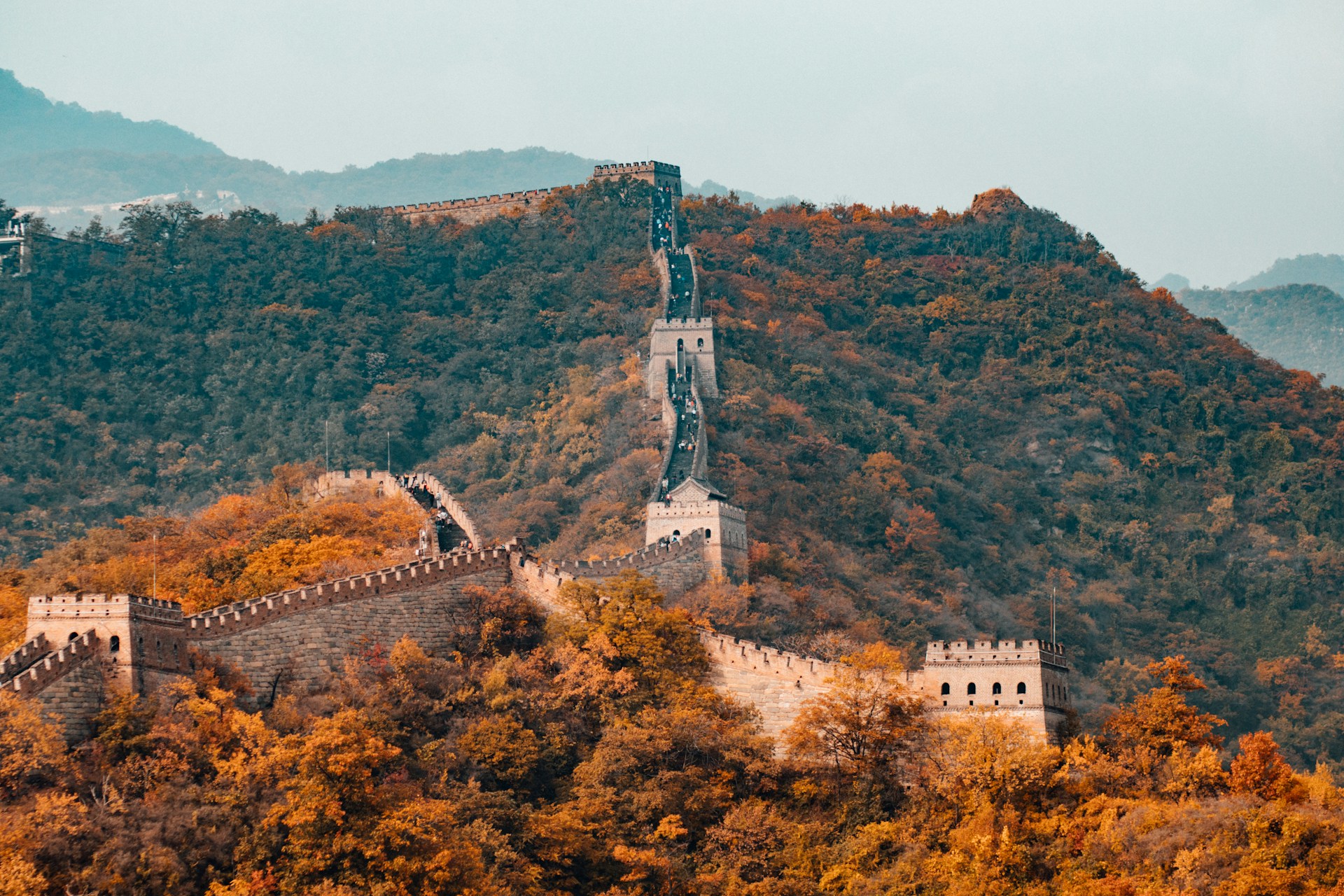China is on the brink of witnessing the largest net exit of millionaires in its history, with over 15,000 High-Net-Worth Individuals (HNWIs) expected to leave the country in 2024. This significant outflow of wealth is indicative of a broader trend among China’s affluent class: the pursuit of financial security and growth opportunities beyond the country’s borders. However, as more wealthy Chinese seek to invest offshore, they are encountering new challenges, particularly as the Chinese government intensifies scrutiny over cross-border investment mechanisms.
The Growing Exodus of Chinese Millionaires
The projected mass exodus of Chinese millionaires is driven by various factors, including concerns over economic stability, stringent domestic policies, and the desire to diversify wealth in more favorable jurisdictions. For many HNWIs, investing abroad is not just about protecting their assets; it’s about gaining access to international markets, opportunities, and a more stable environment for their wealth.
Despite this desire to move capital offshore, Chinese investors are facing increasing difficulties as authorities crack down on the channels traditionally used for cross-border investments. This tightening of control is part of China’s broader strategy to maintain financial stability and prevent excessive capital outflows that could destabilize the domestic economy.
The Role of the Qualified Domestic Limited Partnership (QDLP)
One of the primary mechanisms through which China’s wealthy have historically accessed offshore markets is the Qualified Domestic Limited Partnership (QDLP) program. Established a decade ago, the QDLP allows approved domestic institutions and HNWIs to invest in offshore private and public markets. The program is only available in certain provinces and cities where local governments have the authority to approve financial institutions and investment quotas.
For foreign asset managers and banks with onshore operations in China, the QDLP is a crucial conduit for capturing Chinese wealth. It offers a structured and regulated pathway for Chinese investors to gain exposure to international assets, ranging from hedge funds and private equity to real estate and other alternative investments.
Increased Scrutiny and Tightening Controls
In recent years, Chinese authorities have heightened their oversight of the QDLP program. This increased scrutiny is part of a broader effort to curb capital flight and ensure that investments align with national financial policies. As a result, Chinese HNWIs looking to invest offshore are facing new roadblocks, with stricter regulations and more rigorous approval processes.
The tightening of controls is creating uncertainty for both investors and foreign managers who rely on the QDLP to channel Chinese wealth into global markets. Delays in approvals, reduced quotas, and enhanced reporting requirements are becoming more common, making it more challenging for Chinese investors to move their money abroad. This is leading some to explore alternative methods of offshore investment, though these options often come with higher risks and less transparency.
Implications for Wealthy Chinese Investors
For China’s HNWIs, the increasing difficulties associated with the QDLP program represent a significant hurdle in their quest to diversify and protect their wealth. The heightened scrutiny is not only limiting their ability to invest abroad but is also prompting some to reconsider their long-term financial strategies.
The challenges faced by wealthy Chinese are also impacting foreign asset managers and banks that have established operations in China to tap into the country’s growing wealth. These institutions must now navigate a more complex regulatory environment and adjust their strategies to continue attracting Chinese capital while complying with the stricter controls imposed by the government.
The Future of Offshore Investment for Chinese HNWIs
As China’s wealthy seek to safeguard their assets in a rapidly changing economic landscape, the future of offshore investment remains uncertain. While the desire to move capital abroad is likely to persist, the avenues available for doing so may become increasingly restricted. For investors, staying informed about regulatory changes and exploring diversified strategies will be essential to navigating these challenges.
For foreign managers and banks, the focus will need to shift towards building stronger relationships with local regulators and finding innovative solutions to continue serving Chinese clients within the confines of the new regulatory framework.
This article is designed for readers of Invest Offshore, offering insights into the complexities faced by Chinese HNWIs in their pursuit of offshore investment. As global markets evolve, understanding the regulatory landscape and adapting to new challenges will be key for investors looking to protect and grow their wealth.

Leave a Reply